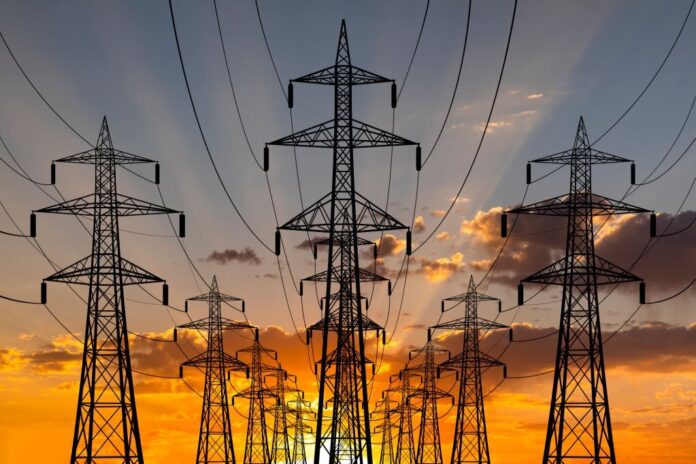ISLAMABAD: On the directives of the prime minister, electricity supply in 46 out of a total of 81 flood-hit grid stations of several distribution companies has been restored.
The Power Division at the Ministry for Energy has been tasked with the restoration of power supply in the affected areas.
The restoration work has been expedited on an emergency basis in the flood-hit areas. The prime minister is personally monitoring the restoration work and daily reports are being submitted in this regard.
Initially, a total of 881 feeders of 11 kV power had been affected during the monsoon rains and floods affecting the supply to about 975,000 consumers, however, 475 feeders had been restored, with power being supplied to 70,600 consumers.
To avoid power electrocution incidents, work on 35 grid stations in the flood-hit towns had not commenced yet. These included 25 grid stations in Balochistan, and 5 each in Sindh and Khyber Pakhtunkhwa.
Two transmission lines of 220 kV of National Transmission and Dispatch Company (NTDC) had been affected from Sibi to Quetta and from Dadu to Khuzdar. The work on the Dadu-Khuzdar transmission lines would be completed by Sunday which would restore 300-megawatt power supply in the affected areas whereas the work on Sibi to Quetta is expected to be completed by September 10.
Flood water had damaged 10 towers in these areas.
The restoration work was also in progress from Sibbi to the Mach transmission line.
Two supply lines of Peshawar Electric Supply Company from Chakdarra to Barikot and from Swat to Matta would be restored till September 10 whereas the Madian power grid station would be restored with power supply from Daral Khwar power generation plant.
In Sindh, 5 grid stations and 2 grid stations in Balochistan had been still inundated under 3-4 feet of flood water and the power in these stations would be restored with the recession of flood water.
Moreover, under the PM’s directive, contact numbers of all the chief executives and the relevant authorities of the power distribution companies had been placed on the websites and published in newspapers for general information.























